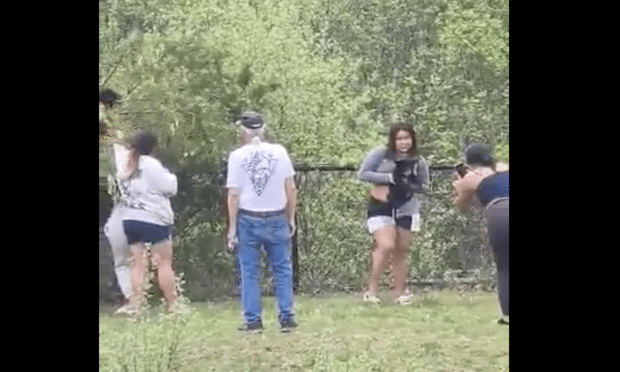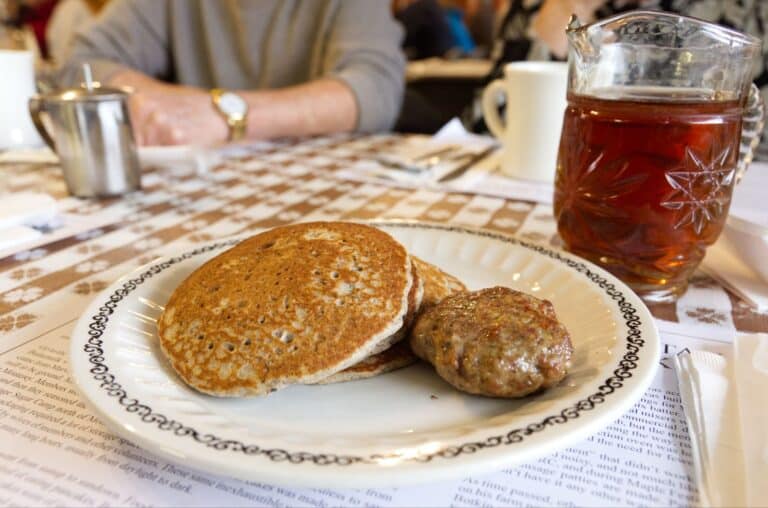“Dude, what’s dead back there?”
“I don’t know man, but that is super rank.”
“Uh, it might be my shoes.”
“Nope. I think it’s Chris’ butt again. For real.”
“Friggin’ perfect. Wake his ass up! He has to run next anyway.”
Thus goes life on a long distance relay team.
 When you were back in college, possibly running on your cross country team and headed to a race in the van, exchanges like the above were fairly commonplace and unremarkable, kind of like waking up at 4 a.m. curled around the base of a toilet with a bottle of Jagermeister clutched in one hand (wait, was that just me?). But now that we are older, wiser and far more responsible, childish behavior like flatulence jokes are supposed to be relegated to our kids. Well, throw a bunch of professional adults into a van for 24 hours, add sweat, fatigue, energy food and the competitiveness of a relay race, and the kid in all of us comes out fast, usually in the form of a fart. Long distance relay racing is the newest trend in running these days, although this style of running is not new at all. Relays like the famed 29-year-old Hood to Coast in Oregon have achieved cult status, while others, like the new Ragnar Relay Series, are just beginning. Here in the South, we have over a dozen events to choose from, with one of the biggest being the Blue Ridge Relay.
When you were back in college, possibly running on your cross country team and headed to a race in the van, exchanges like the above were fairly commonplace and unremarkable, kind of like waking up at 4 a.m. curled around the base of a toilet with a bottle of Jagermeister clutched in one hand (wait, was that just me?). But now that we are older, wiser and far more responsible, childish behavior like flatulence jokes are supposed to be relegated to our kids. Well, throw a bunch of professional adults into a van for 24 hours, add sweat, fatigue, energy food and the competitiveness of a relay race, and the kid in all of us comes out fast, usually in the form of a fart. Long distance relay racing is the newest trend in running these days, although this style of running is not new at all. Relays like the famed 29-year-old Hood to Coast in Oregon have achieved cult status, while others, like the new Ragnar Relay Series, are just beginning. Here in the South, we have over a dozen events to choose from, with one of the biggest being the Blue Ridge Relay.
Starting in Grayson Highlands, Va., and finishing in Asheville, N.C., the Blue Ridge Relay traverses 208 miles of fantastically scenic Blue Ridge and Black Mountains. Runners are treated to some of the most obscure and stunning back roads that Appalachia has to offer: long gravel grinds, followed by beautiful vistas from atop 4000-foot peaks, and Americana that can’t be experienced from an interstate. Blackberries and PowerPoint presentations are long forgotten when putting your legs to work for the third time in 24 hours and running past a 100-year-old tobacco barn, while the 100-year-old tobacco farmer rocks back and forth on the porch as you pass, thinking, “Shorely you ain’t from ‘round here, are ya boy?”







